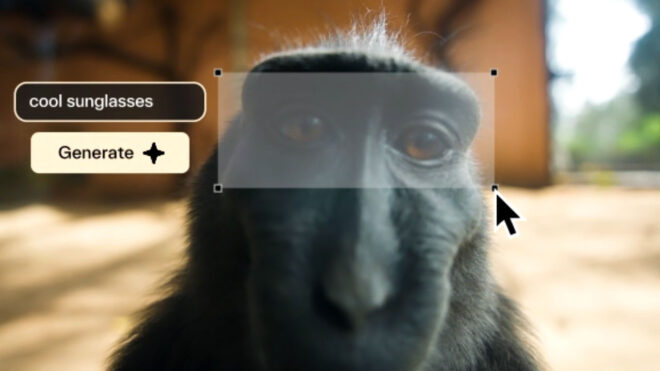Pika Labsprovides everyone with its remarkable service based on productive artificial intelligence that produces video content from what is written. opened.
Pika Labs The service prepared by is currently available directly for version 1.0. from here can be accessed and used. The platform, which can be quickly logged in via Discord or Google, uses a “waiting list” for now, but It is stated that access is opened in a short time after registration. The system, which can turn people’s writings into videos or add desired parts of the videos (Examples can be seen in the video on the page), produces really interesting results and a performance that can be considered good, although not perfect. The system, which can create realistic as well as animation-style videos, currently offers short content as the server load is wanted to be kept under control, but this time is expected to increase over time. Approximately so far Pika, which was announced to have raised $55 million in funding based on a valuation of $200 millionis among the companies with high future potential in the field.
YOU MAY BE INTERESTED IN
Before that, the internet giant Google It made a splash with “VideoPOET”, which it introduced with a focus on video production. Google VideoPoet, for those who missed it, is the company’s new LLM, the big language model. This system, which is still under development, It can create 10-second videos from the entered sentences. And Here it performs better than many similar systems. Of course, the infrastructure you can see in the video below is not at a perfect level yet, but already reveals great potential for the future. Ability to animate not only text but also entered photos/images by looking at the given command. VideoPoetSince it is the new trend, it is specifically designed to produce content in vertical format. According to the information provided by Google researchers, artificial intelligence, which is not yet an option that can be used by everyone, such as DALL-E signed by OpenAI, In the future, it will also work in areas such as text-to-sound and audio-to-video.
